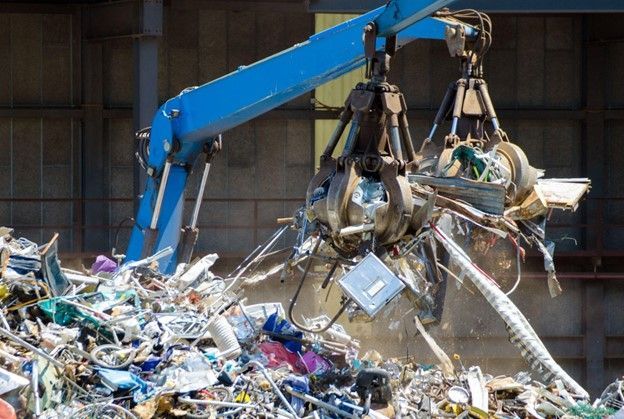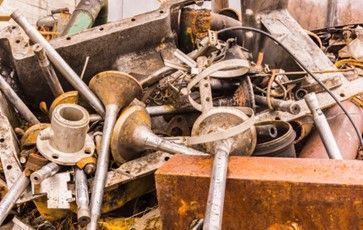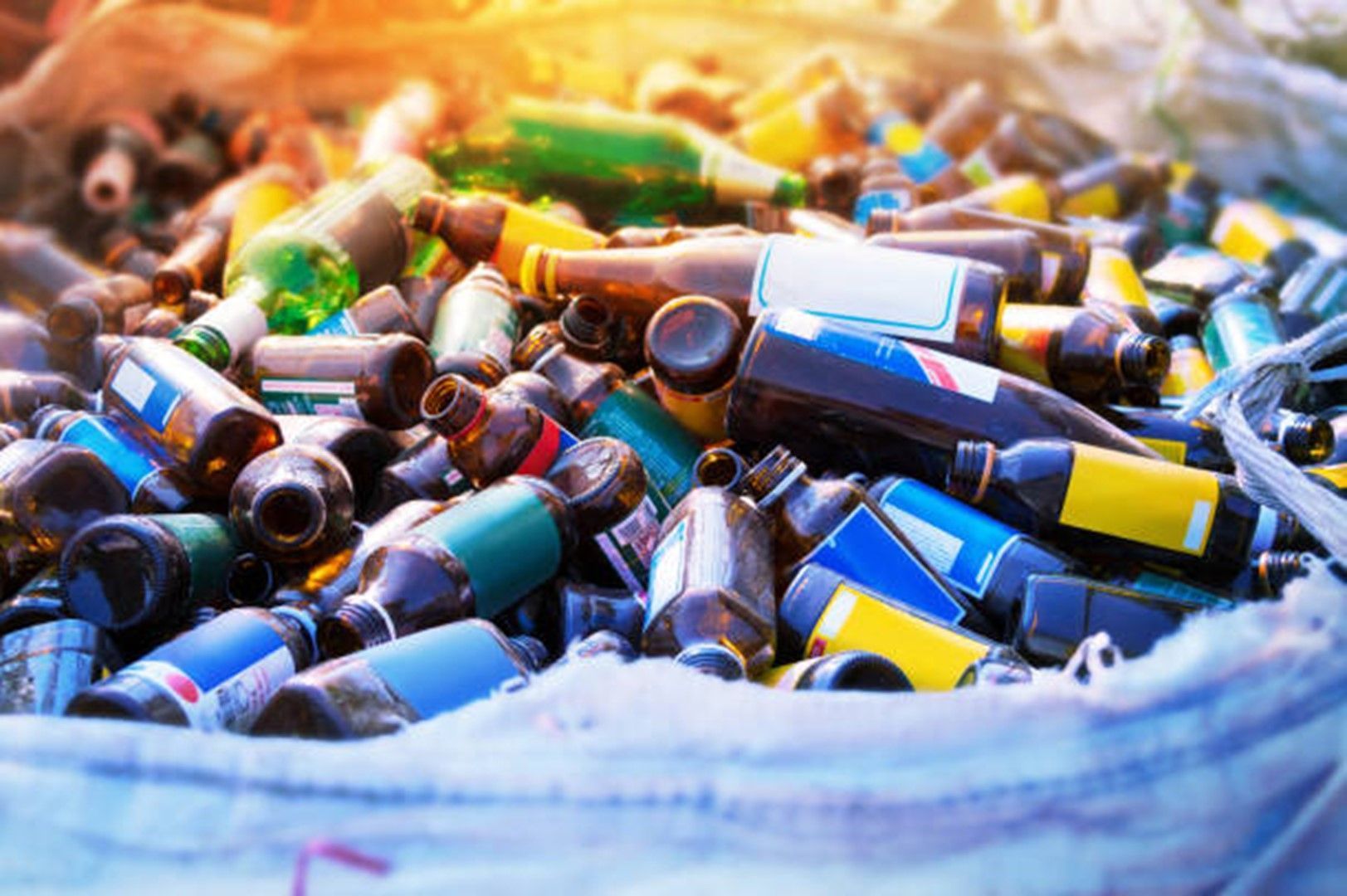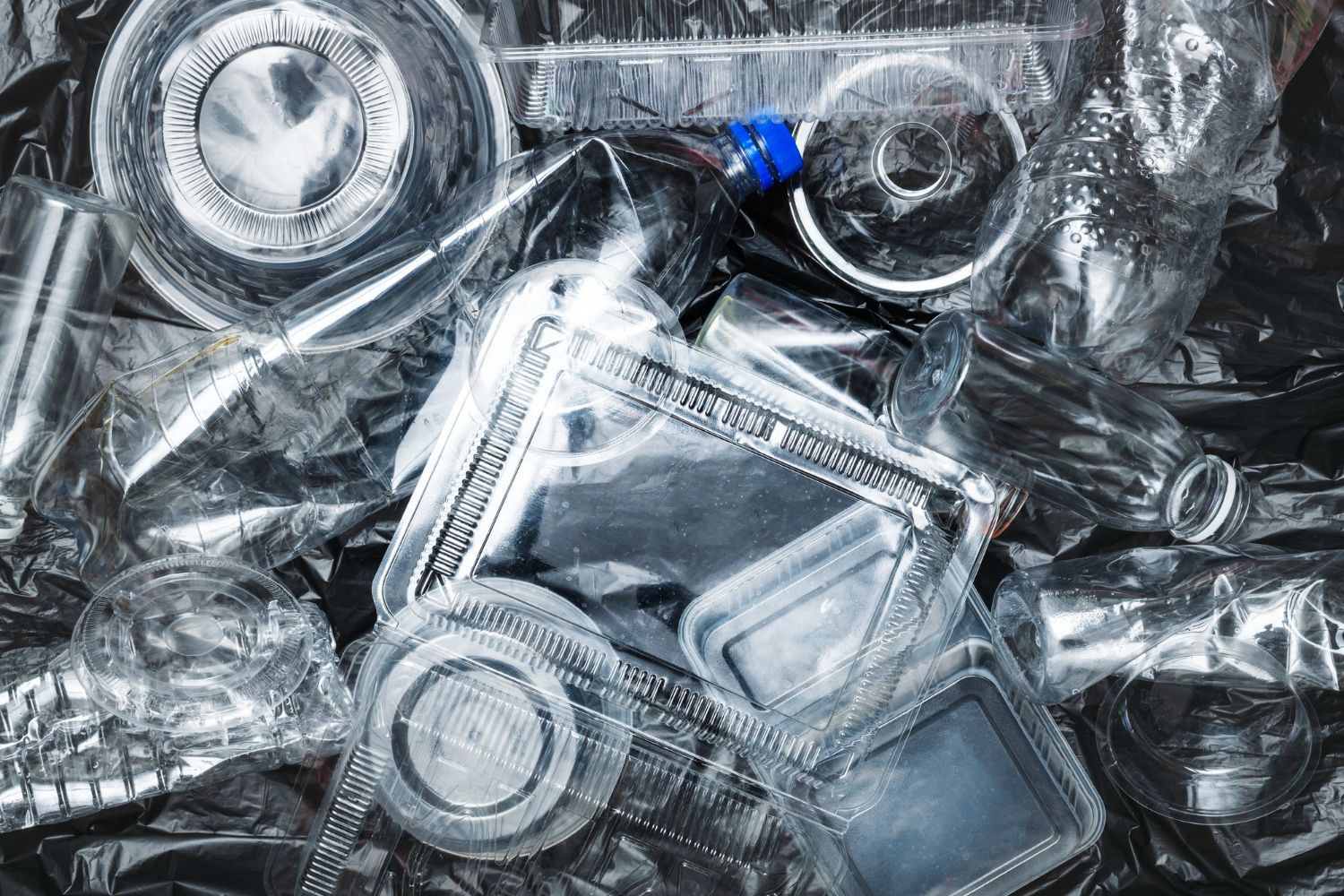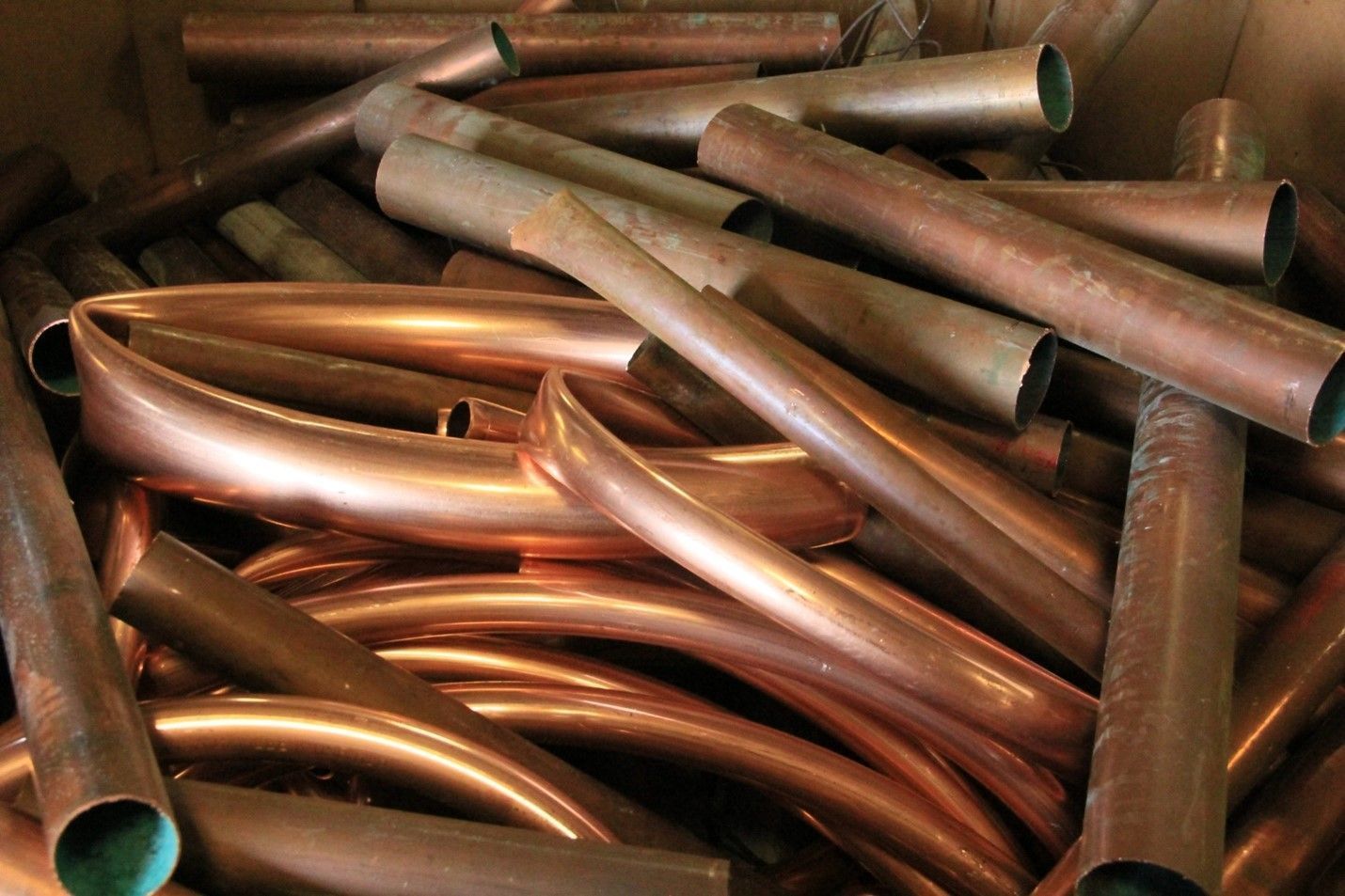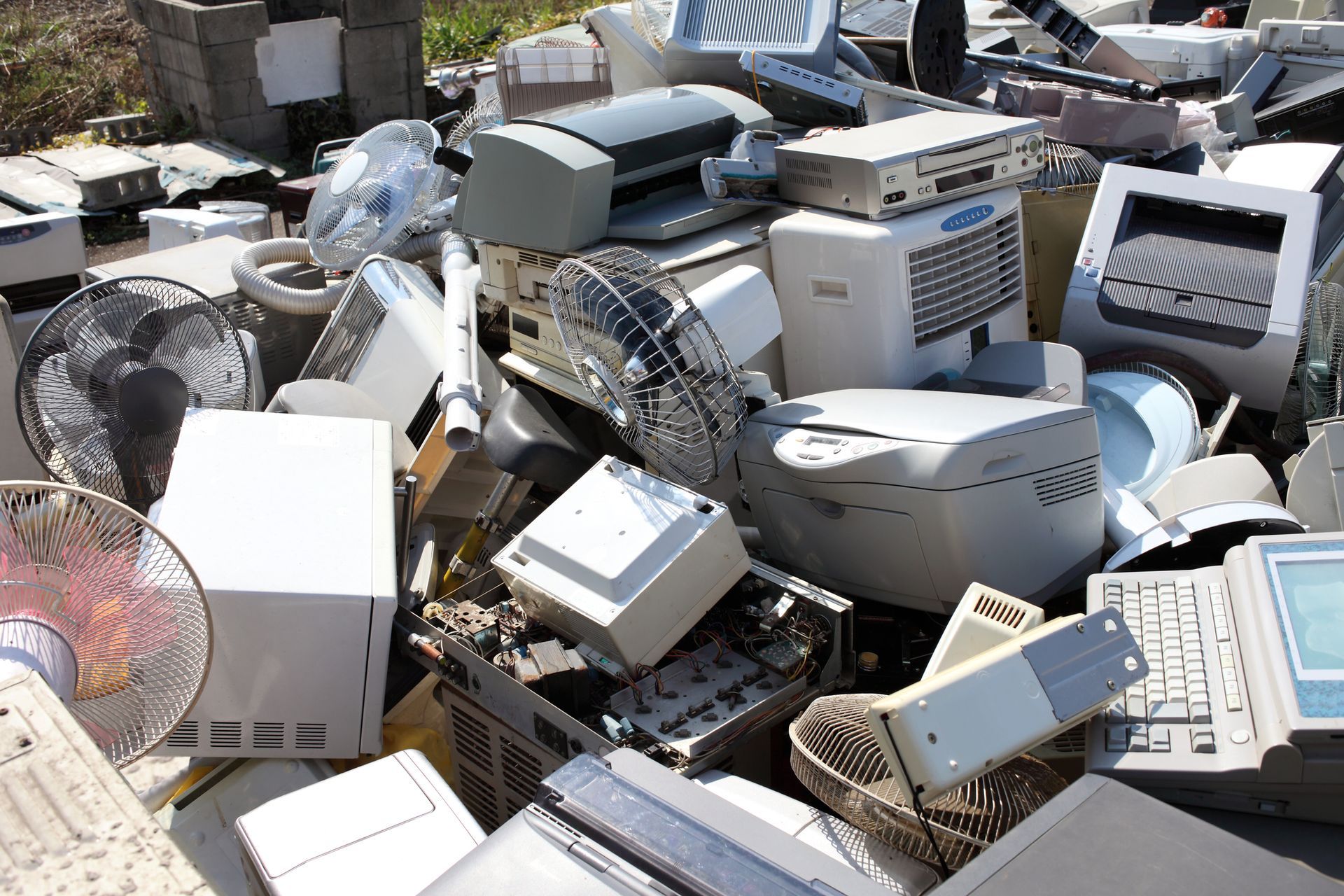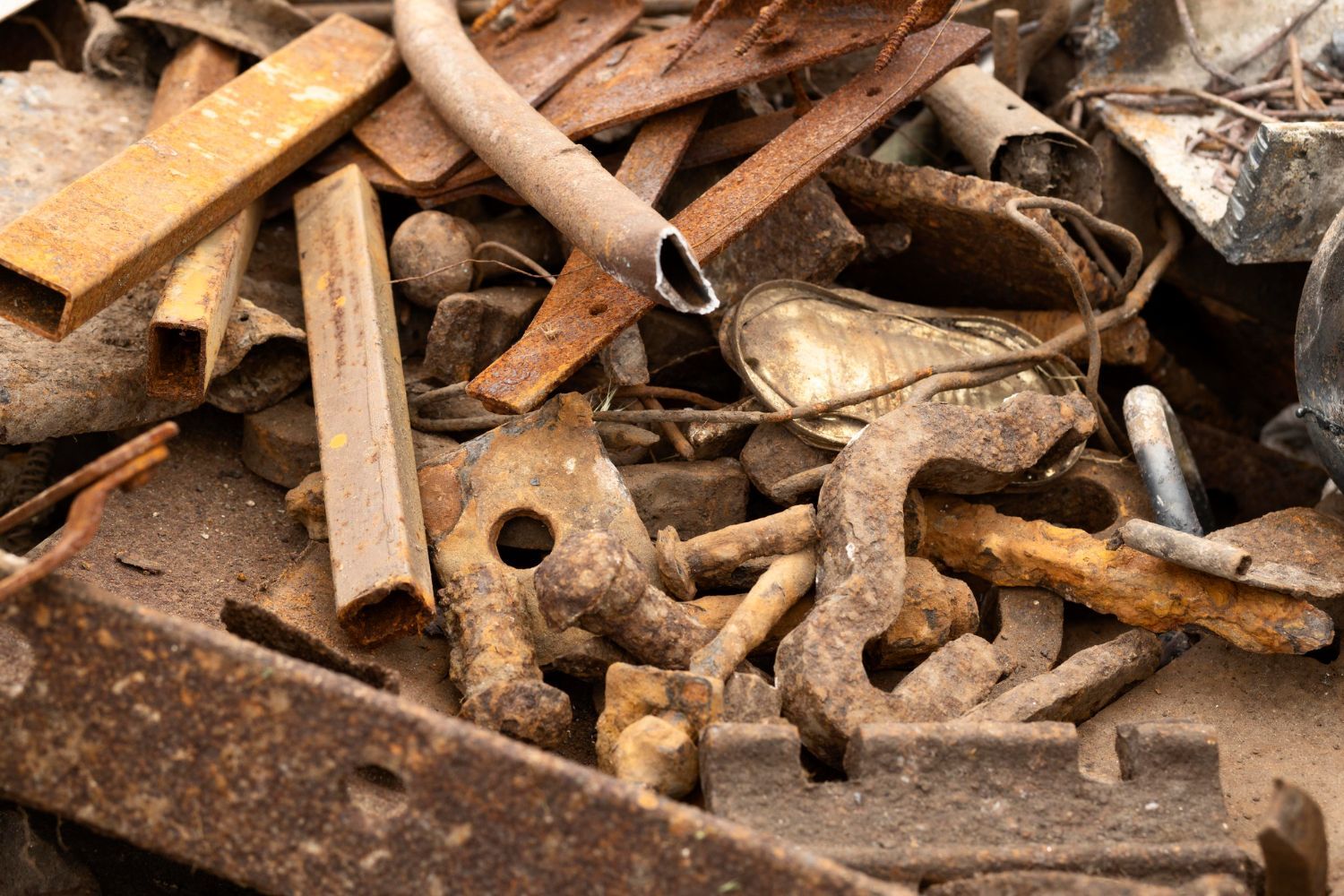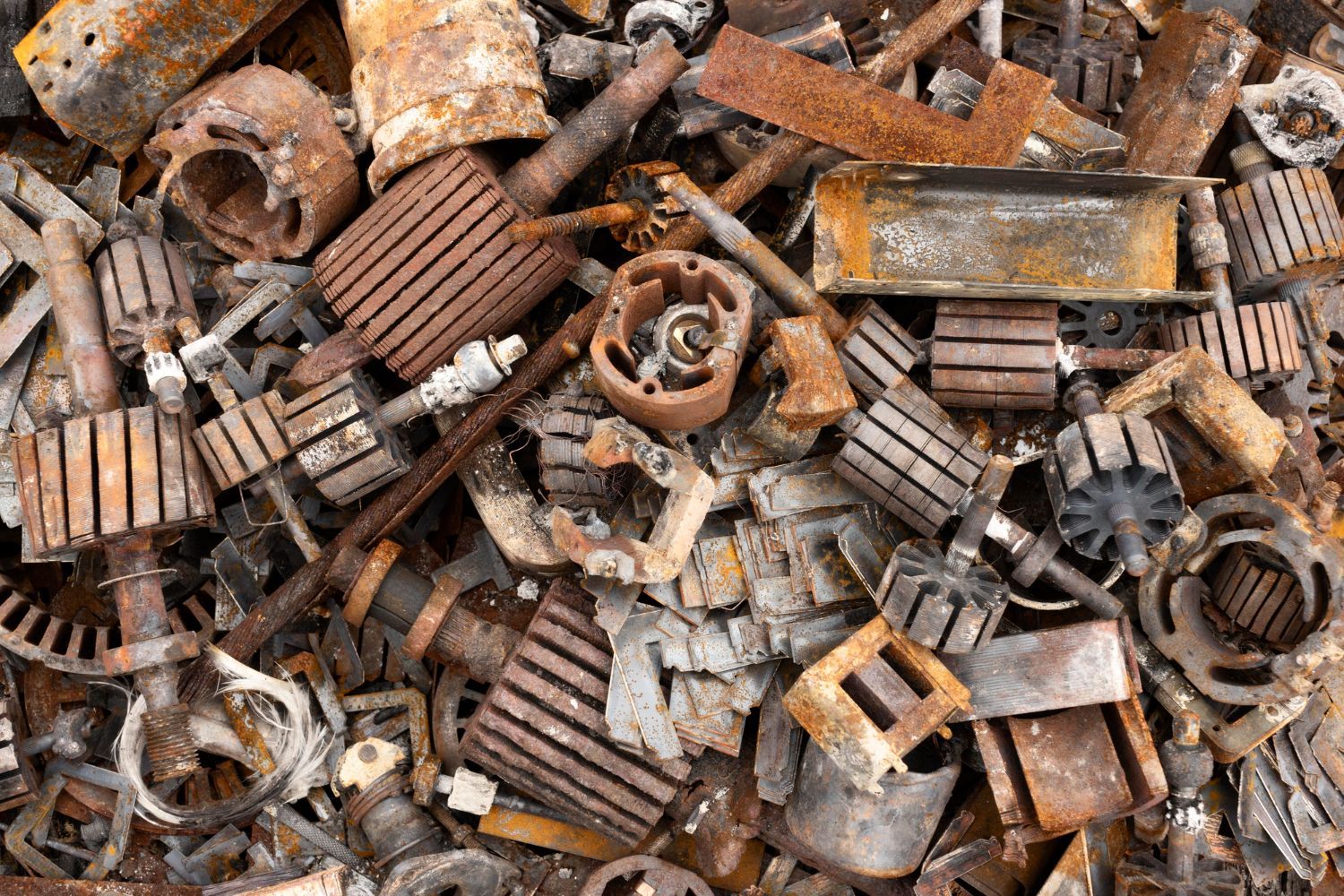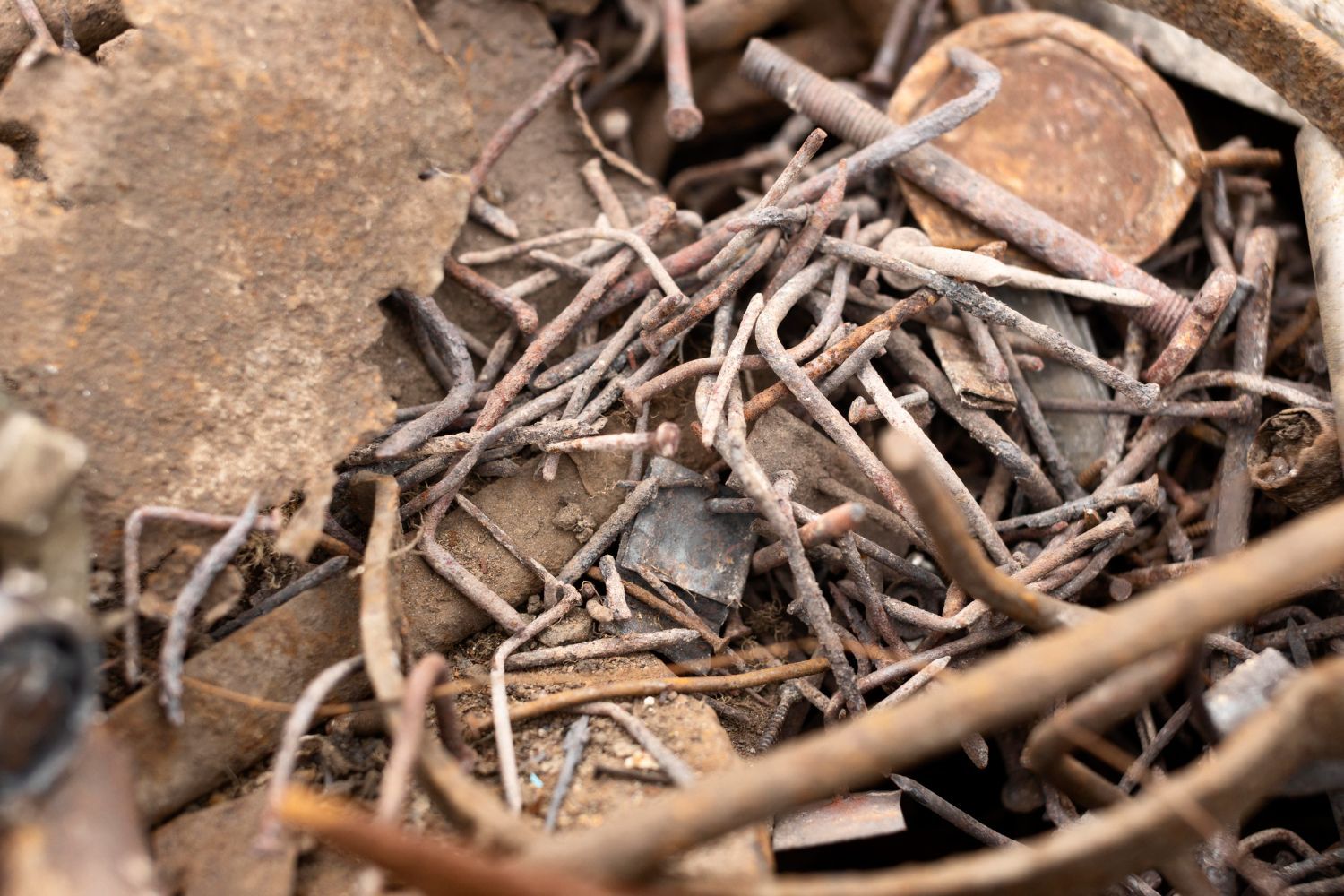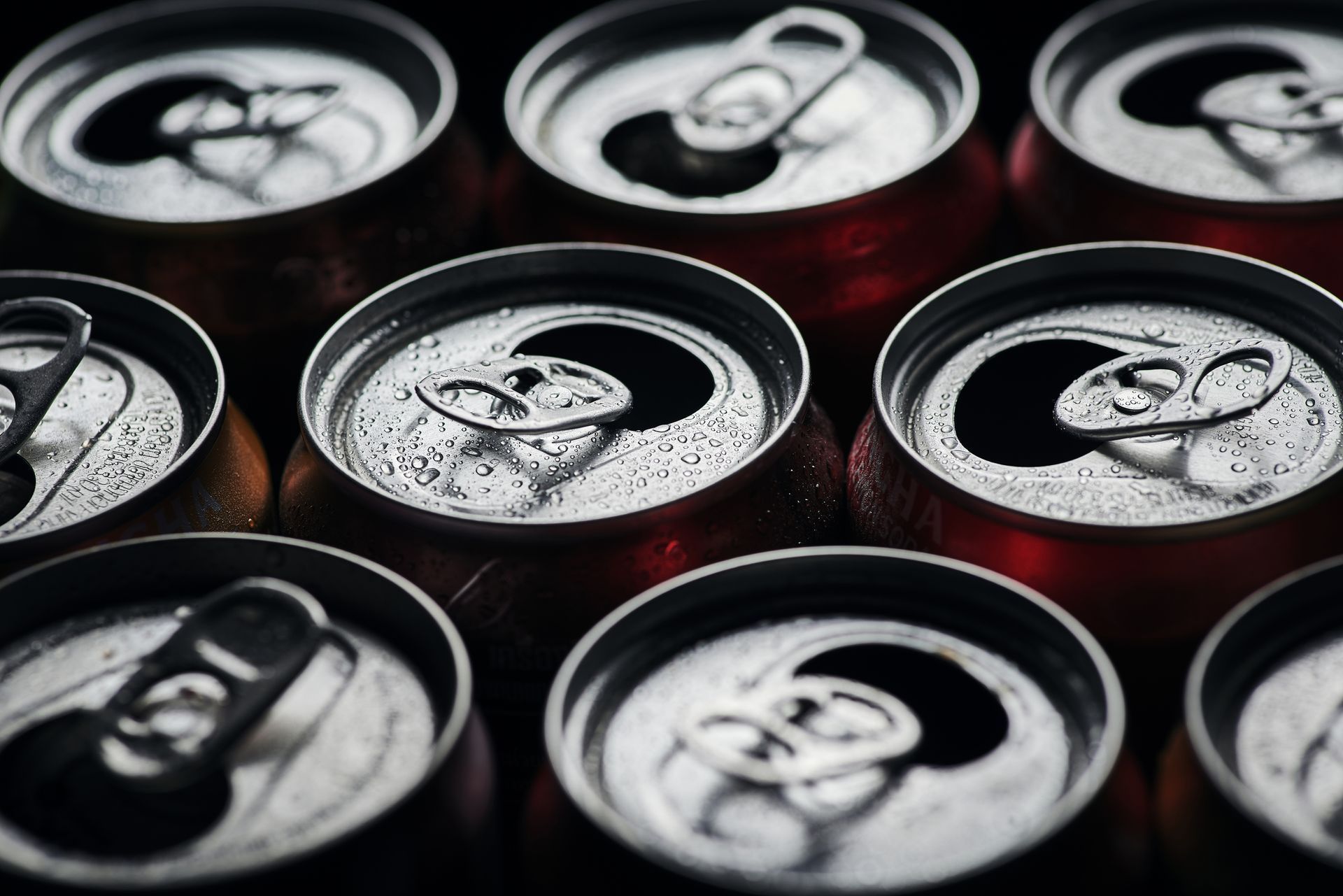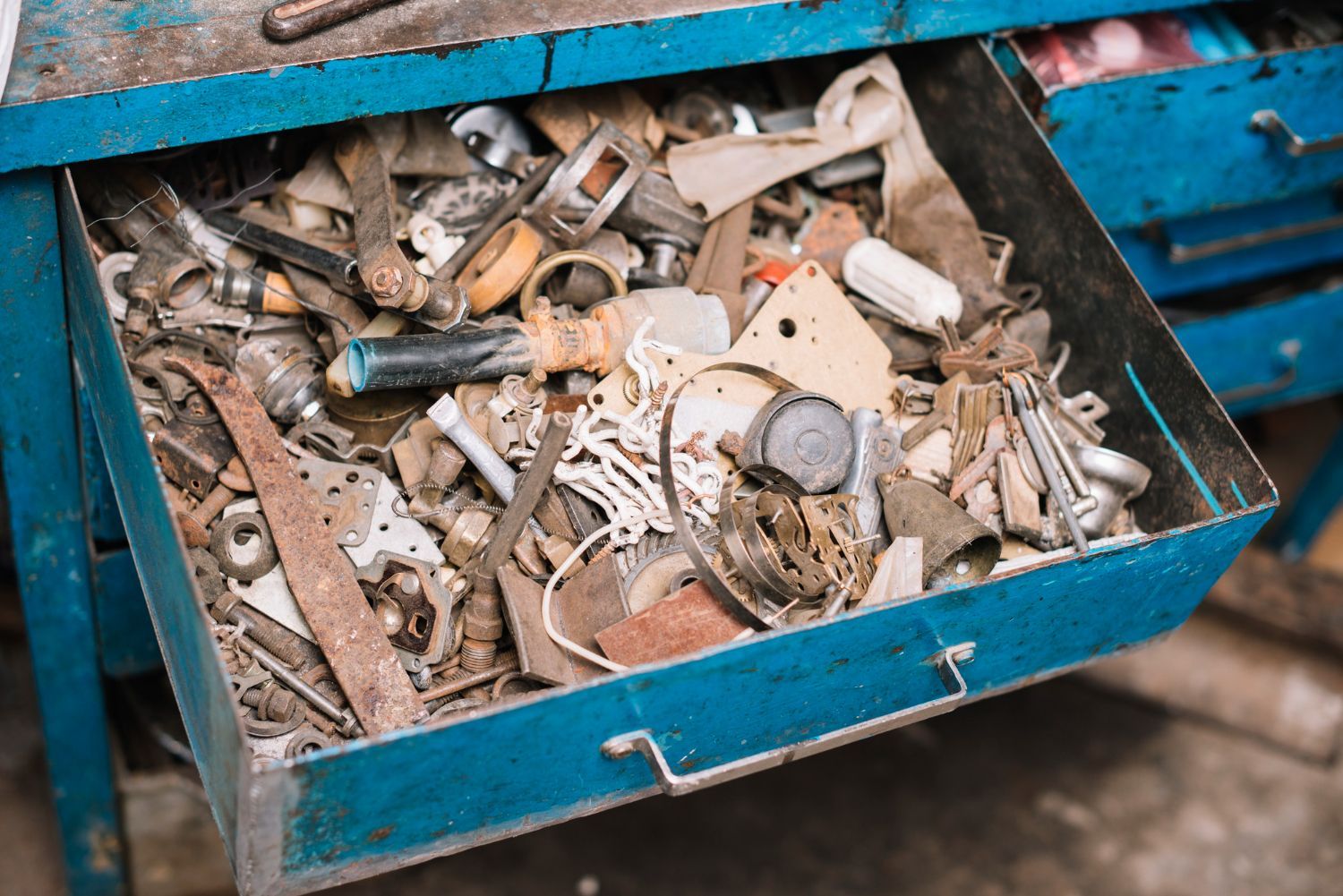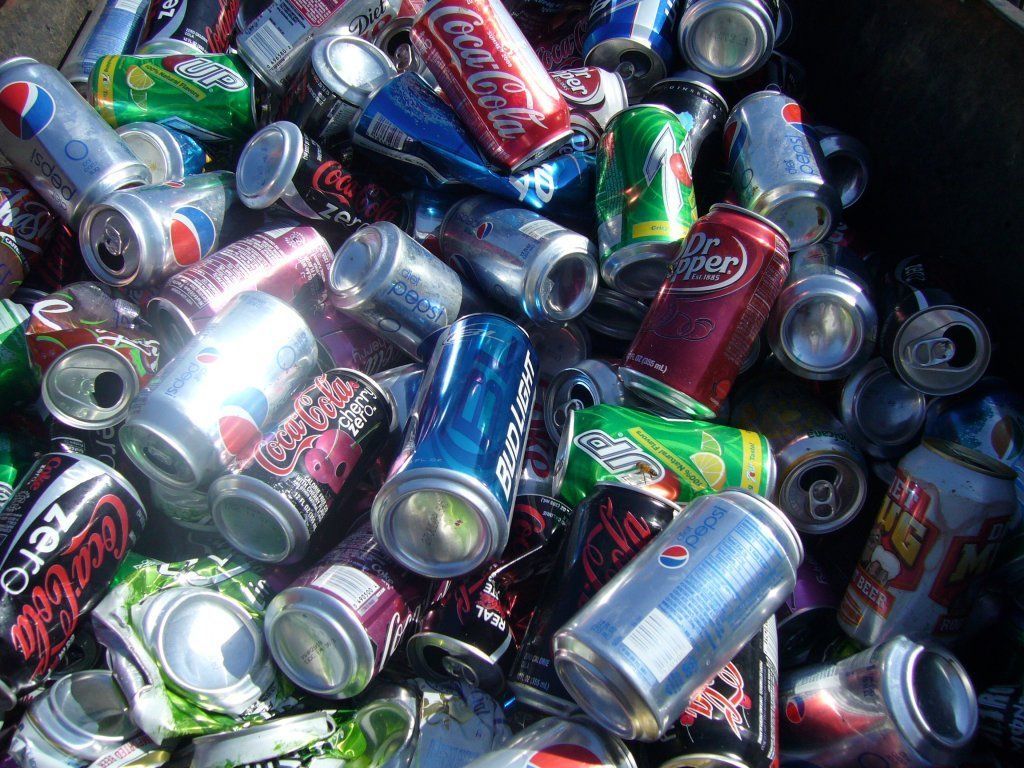Scrap Metal Composition Tests | Bruce Metal & Salvage
Are you a scrap metal collector? Perhaps you want to start your journey in scrap metal recycling. If so, you are likely aware of the importance of quick and accurate identification of the composition of scrap metal.
While you can easily identify some scrap metal by sight, other types require more deliberate testing methods. Discover three easy tests that you can use to identify the composition of scrap metal so you receive the best possible compensation for your collection.
1. Surface Appearance
The surface appearance test checks the color or other physical characteristics on the metal's surface, which can limit the metal possibilities and indicate which follow-up tests you require. For the surface appearance test, always view the metal in good light but not in direct sunlight. Also, inspect the material on a clean, freshly prepared surface devoid of coatings, corrosion agents, and dirt.
The color test is a surface appearance examination where you examine the color of the metal after you polish it. Since many metals and alloys have distinct colors, a visual inspection of the hue can provide enough information to classify the metal.
Copper, for example, is often reddish or reddish brown in hue; while 90/10 cupronickel is light brown or tan; bronzes and gold are dark yellow; brasses are light yellow; and lead, zinc, and zinc alloys are bluish or dark gray. In contrast, other metals outside the examples above are typically white or light gray.
2. Spark Test
The spark test can identify various metals and alloys based on the sparks produced when ground against a high-speed wheel. An expert metal worker can determine the metal family by studying the sparks the examined metal produces. The sparks' length, color, and shape all reveal details about the metal.
The spark test relies on the ability of some metals to oxidize quickly when heated. When you process these materials with a high-speed grinding wheel, the small particles ripped off oxidize and become incandescent due to frictional heat on the wheel.
If you or an expert want to use the spark test, rotate the wheel at a surface speed of 7,500 fpm and match the grinding material to the test metal. Carborundum Aloxite resinoid wheels are common for carbon and structural alloy testing. Clean the wheel and dress it with a degreasing solution, emery cloth, or file to remove any dirt, grease, corrosion products, or metallic coatings.
Also, hold the specimen so the sparks fly off horizontally, and use the same amount of pressure for each test. Furthermore, ensure you have similar lighting conditions for each test for reliable findings.
The metal's sparks might reveal information about its composition. Carbon creates complicated and abundant bursts in the spark, whereas manganese brightens the spark and increases the spray around the wheel's edge. Silicon causes dark red sparks near the wheel, while chromium restricts both the stream and the carbon bursts and makes the spark orange.
Tungsten limits the impacts of other elements in the alloy on the spark stream. In contrast, nickel causes forked tongues to emerge in the spark. Vanadium brightens the entire spark stream, whereas molybdenum produces a distinctive spear tip at the end of the spark's carrier lines.
3. Magnet Test
The magnet test is a straightforward method to determine whether a metal is ferromagnetic. To use this test, place a permanent magnet close to or suspended over a test piece and observe any reaction toward the test surface. Magnets strongly attract ferromagnetic materials, such as iron, and 400 series stainless steel, cobalt, and nickel.
Some metal alloys, such as the 300 series stainless steels, might not be magnetic when fully annealed. Other copper alloys with iron, monel, and bronze alloys comprising aluminum, manganese, and silicon may also be mildly magnetic.
Contact us at Bruce Metal & Salvage to sell your scrap metal for recycling.
